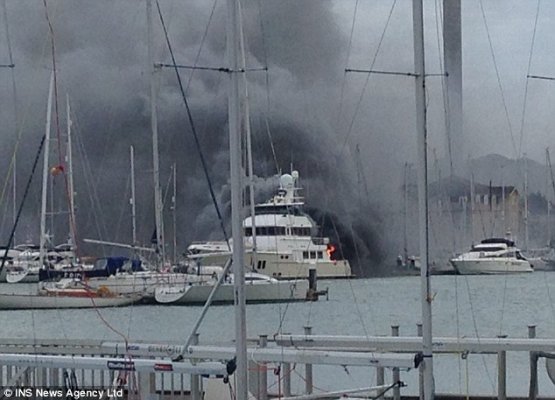Steve
Guru
What is the purpose of these SS bowls? I had thought they were to catch drips or spills but now I see there is a small hole about 1\8" dia. in the bottom which would let any diesel just drip out anyway. In the back of my mind someting tells me it has something to do with fire?
Anyone know?
Anyone know?





